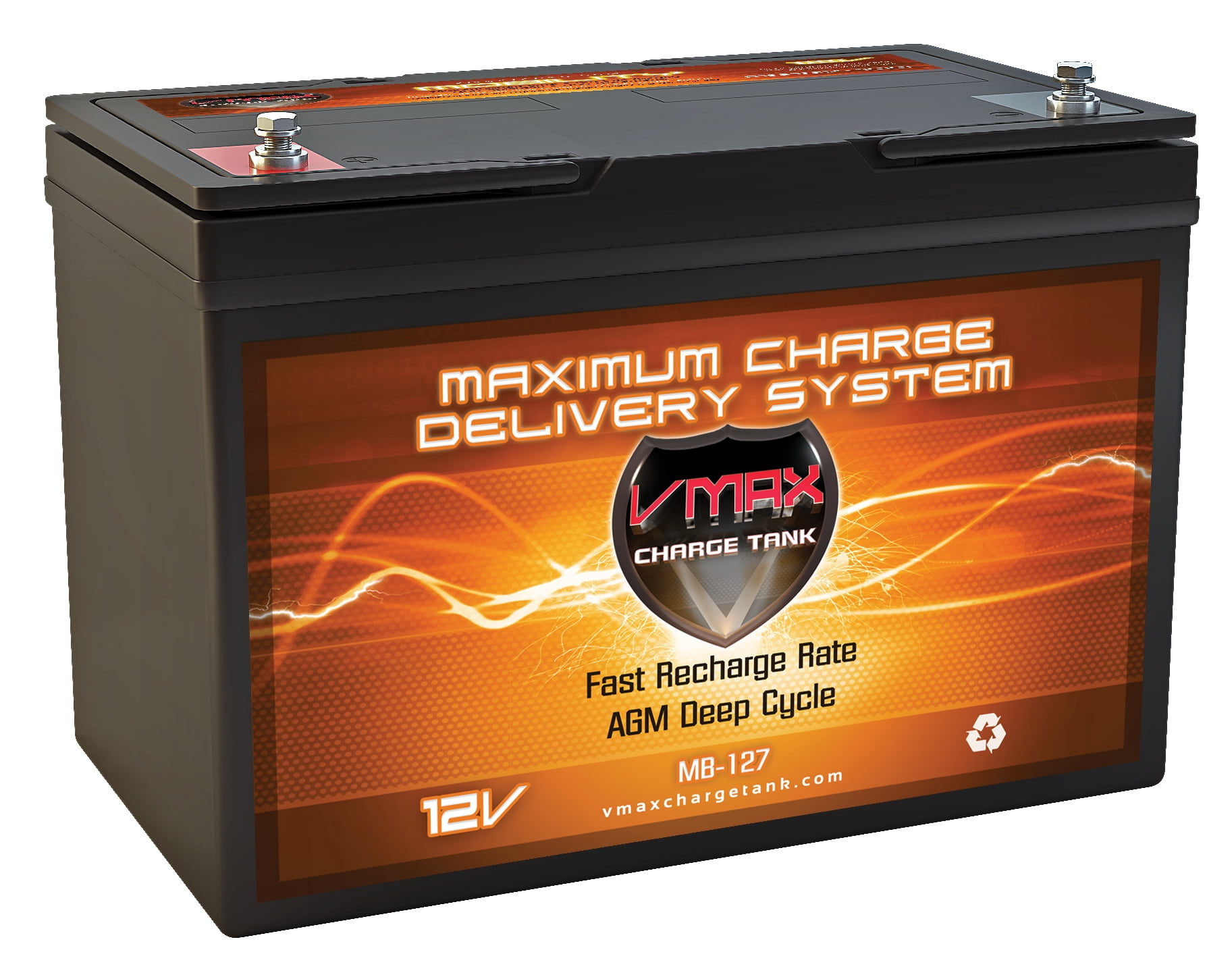

It’s still a good idea to get professional advice about this kind of thing. Because of their construction, they’re touted as being mountable in any orientation. Another benefit is the cycles and lifetime are higher than most other LA batteries too. These batteries are lighter than most other Lead-Acid batteries, and that alone is a great advantage.

It is a micro-fibreglass porous mat between each of the lead cells, so there is no spillage. A great testament to that is AGM or Absorbed Glass Mat technology. Absorbed Glass Mat (AGM)īattery technology is getting quite impressive. While an SLA is a VRLA, Gel and AGM are also considered under the VRLA umbrella at times. VRLA (or Valve Regulated Lead-Acid) and SLA batteries are often regarded as the same but not so exactly. However, the lack of maintenance on an SLA is a considerable benefit, as you won’t need to keep a hydrometer with your other boating tools. One of the drawbacks to this kind of battery is, of course, that it contains lead.Īnother drawback is that it won’t charge as intensely as an FLA battery type. It emits gas only when under a certain pressure. Sealed Lead-Acid (SLA)Ī Sealed Lead-Acid battery, or SLA, is a no-spill “no maintenance” battery type, which is very popular. These also tend to be the heaviest battery type and most challenging to maintain. Boats are not known for their spaciousness, and vapours can be very harmful. Keep your eyes behind goggles, wear gloves, and it’s a good idea to wear respiratory gear. Remember that you are dealing with liquid, fluid acid, but there is also vapour to consider. It will off-gas, and you’ll need to measure the fluid inside with a hydrometer.
DEEP CYCLE MARINE BATTERY HOW TO
While that might be true, it is likely because they are familiar with the technology and how to maintain it. Many people swear that FLAs are the best for them. The idea of an FLA is the first battery design, as found in Sumeria. Flooded Lead-Acid (FLA)įLAs or Flooded Lead-Acid batteries are a reliable standby, even if they aren’t the latest and greatest technology that ever was. You also need to think about the Battery Management System (BMS). Suppose you go with Lithium-based batteries. That’s not to say you don’t have to think long and hard about what kind of battery you will use. There are many types of batteries available these days that are plug-and-play. Want to know more about how a deep cycle marine battery works? We thought you might-so don’t stop here and keep reading! Deep Cycle Marine Battery TypesĪs a boat owner, the days of messing with the chemistry of your battery are over. Did you know a kind of deep cycle battery is in your pocket? That’s right-the Li-Ion battery that powers your cellphone is a deep cycle battery! The ones you’re more familiar with are on your sailboat or yacht and are quite large and heavy. Deep cycle batteries, in general, are everywhere we look around us, but we don’t notice. Consider this your ultimate guide to the deep cycle marine batteries on the market.īatteries have come a long way since 250B.C.E., Sumeria. Choosing the right deep cycle marine battery for your boat can be tricky.


 0 kommentar(er)
0 kommentar(er)
